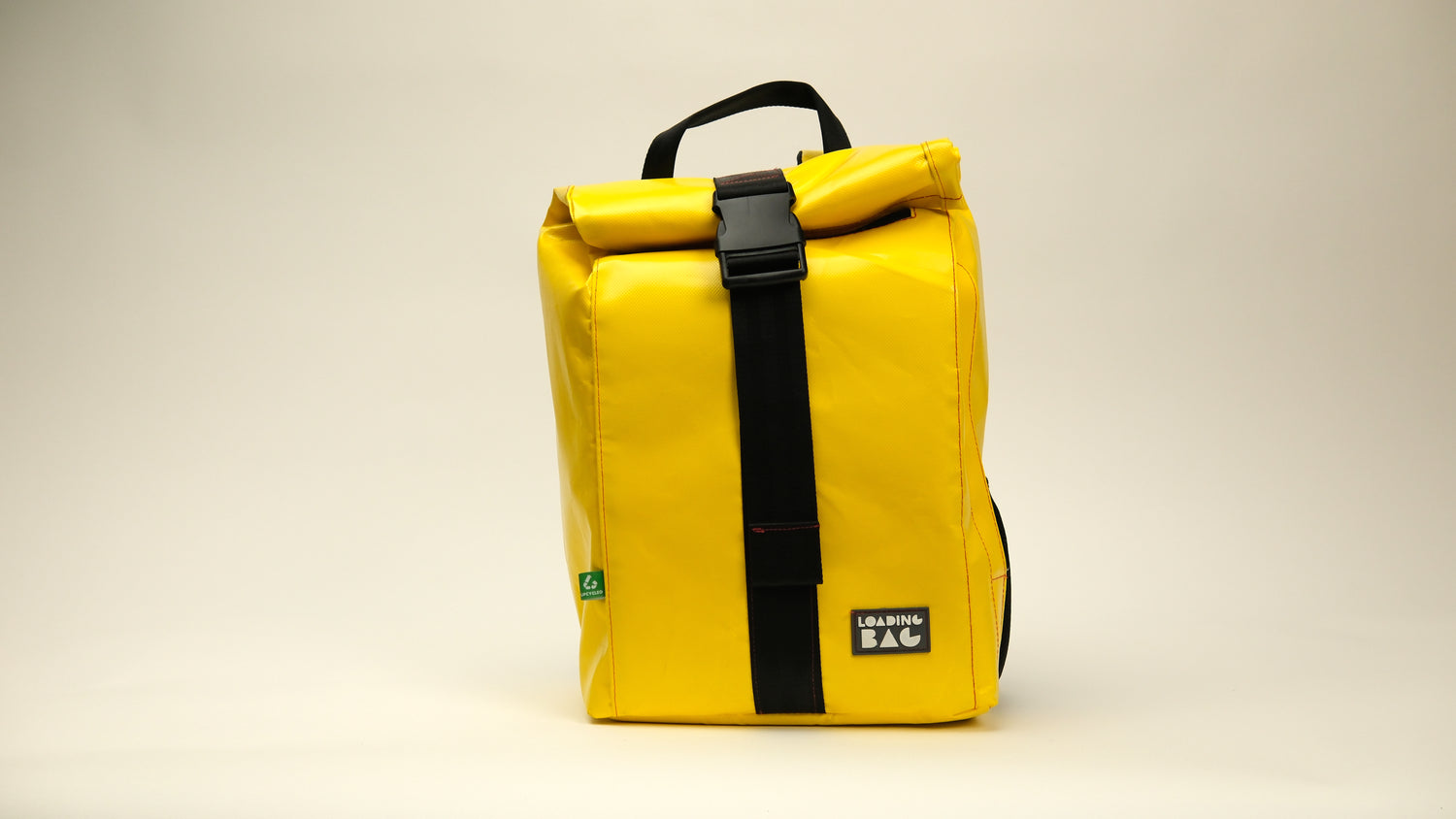Positive Footprint
- Billboard vinyls, which are typically made of PVC, can take over 1,000 years to decompose in a landfill, and may release harmful chemicals into the environment as they break down.
- In the United States, an estimated 600,000 tons of billboard vinyl are discarded each year, with much of it ending up in landfills or incinerators.
- According to the European Environmental Agency, in 2016, around 27 million tonnes of post-consumer textile waste were generated in the EU-28, Norway and Switzerland. Only about one-fourth of this waste was collected for reuse or recycling, while the rest was landfilled or incinerated. This indicates a significant opportunity for increased textile waste collection and recycling in Europe.
- Additionally, in 2020, the European Commission estimated that there are around 10,000 billboards in the Brussels region alone, and that each billboard generates around 6.8 square meters of vinyl waste per year. This amounts to approximately 68,000 square meters of vinyl waste in Brussels alone each year. Across Europe, the total amount of billboard vinyl waste generated is likely to be much higher.
- Textile waste: According to the Environmental Protection Agency (EPA), in 2018, about 17 million tons of textile waste was generated in the United States, and only 2.5 million tons were recycled. The remaining waste ended up in landfills. Textile waste can take hundreds of years to decompose, and it releases methane gas as it decomposes, contributing to climate change.
- Tarpaulin waste: Tarpaulins are often made of polyethylene or PVC, both of which are non-biodegradable materials. When tarpaulins are disposed of in landfills, they do not decompose and can take hundreds of years to break down. Furthermore, tarpaulins are often treated with chemicals, such as flame retardants, which can leach into the soil and water.
- Billboard vinyl waste: Billboard vinyls are typically made of PVC, which is a highly durable but non-biodegradable material. According to a report by the Center for Biological Diversity, over 600,000 tons of PVC waste is generated in the US each year, much of which ends up in landfills or incinerators. PVC production and disposal also releases toxic chemicals, such as dioxins, which can harm human health and the environment.
